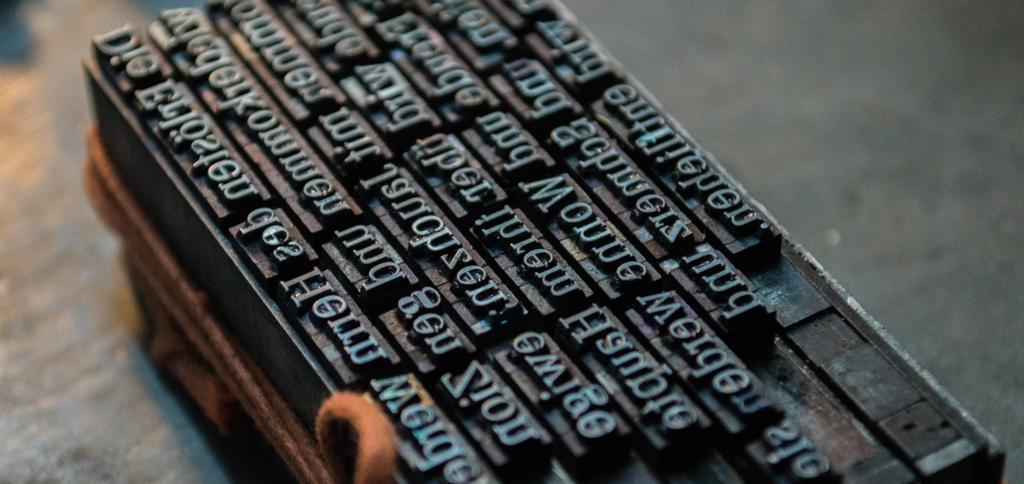Why Gutenberg is Good for New Designs but Bad for Saved Ones
Johannes Gutenberg shook the world in the 15th century when his printing press changed the way people read books and other materials. Nearly 600 years later, it seems he’s transforming the world once again.
Or rather, his last name is, for Gutenberg is the brand WordPress has given their refurbished text editor. Actually, it’s more of a complete replacement instead of a cleaning. With the company’s long-awaited 5.0 upgrade, Gutenberg plugin has become the default blog editor of the nearly 15-year-old platform.
Gutenberg’s Building Blocks
If you remember your history (or recently looked it up on Wikipedia), you know the concept of the original printing press. To produce individual words and complete sentences, Gutenberg utilized groups of type blocks.
WordPress has also incorporated this idea. Their new editor gives bloggers options to apply blocks for paragraphs, headers, quotes, individual photos & galleries, and audio & video. In other words, anything essential to develop a quality blog site is now available in block mode. Or, if adept at User Interface (UI) or User Experience (UX) coding, users can create a custom block.

Not new to the Blogging World
While the concept of a block-based editor is new to WordPress it isn’t to bloggers who utilize other open source or dedicated platforms. For years, companies like Wix and HostGator have used this in their own editors to make site development easier. Even marketing automation companies like Active Campaign and ClickFunnels use this type of format generator.
WordPress considers their version 5.0 upgrade a technological and design advance for one simple reason: their CMS hasn’t changed much since its inception. Instead, they’ve referred their bloggers to the extensive list of free and pay-for plugins.
Gutenberg’s goal is to reduce the use of those plugins, although they are still available for very special add-ins. What WordPress has done is taken the most popular plugins and converted them to standard editing blocks. For example, a blogger can create tables on their site by dragging and dropping the Table block into appropriate locations on their page.
Good-Bye Original Editor … And Saved Content
Gutenberg seems to be the solution to move WordPress into the next decade of the 21st century. However, they’ll need to get past the issues the upgrade has caused since it was officially released in December of 2018.
One of these is the loss of drafts saved under the classic editor. As many WordPress sites are automated for upgrades, bloggers were never notified of the impending changes. So, even though Gutenberg seemed like a big leap at first, users soon realized they couldn’t access any of the drafts saved in the now classic editor.
The message they received was, “The editor encountered an unexpected error.” Since WordPress.org is open source, customer service wasn’t available to provide a workaround.
Eventually, a solution was created. The classic editor was made a downloadable plugin. Once installed, bloggers could retrieve and publish their drafts. At that point, they were available for editing within Gutenberg.
Is Gutenberg Going to Change the World Again?
Since the release of the Gutenberg plugin is so new as of this writing, it is unknown if it’s creation will be part of the technological lexicon years from now.
If WordPress can quickly resolve the issues created due to the upgrade, then they’ll continue to be a player for years to come. However, if ongoing problems will cause users to return to the classic editor, then bloggers may turn to other platforms offering the same capabilities.
